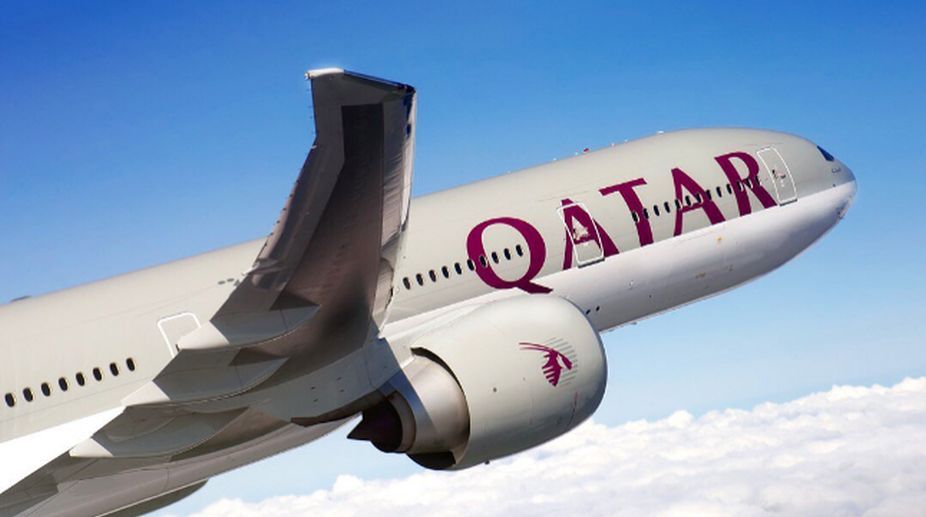India-Abu Dhabi flight suspension extended till July 21
On Sunday, Dubai's flagship carrier Emirates said that expects to resume its flights from India from July 7.

Qatar Airways has made Doha a global hub in just a few years, but barring it from Gulf states' airspace threatens its position as a major transcontinental carrier, experts say.
Along with its Gulf peers — Dubai's Emirates Airlines and Abu Dhabi's Etihad — Qatar's national carrier has captured a sizable portion of transit travel, capitalising on the Gulf's central geographic location.
Advertisement
But political differences between Qatar and neighbouring Saudi Arabia, the United Arab Emirates and Bahrain, as well as Egypt, exploded last week into a full-blown regional crisis, including severing air links.
Advertisement
The measures meant cancelling dozens of daily flights by Qatar Airways and carriers from those countries, and also mean Qatari aircraft have to make long diversions, mainly around Bahrain and the vast airspace of Saudi Arabia.
"The impact is already bad because it has driven up flight times and therefore costs. As the airspace tightens, the problem grows much worse," said aviation analyst Addison Schonland from the US-based AirInsight.
"Operationally, this is a constraint for the airline that is almost certainly now seeing its profits cut deeply," he added.
Qatar is almost completely encircled by Bahraini airspace that covers a large part of Gulf waters, and its planes usually cross Saudi airspace on their way to the rest of the Middle East, Africa and South America.
Instead, Qatari planes are now using Iran's airspace to get to Europe and skirting the southeastern tip of the Arabian Peninsula to avoid Saudi territory.
The flight time for a Qatar Airways trip to Sao Paulo in Brazil, for example, has increased by around two hours, according to flight detecting websites.
Flights to North Africa are now travelling over Iran and Turkey towards the Mediterranean, instead of flying more directly over Saudi Arabia and Egypt.
However, flights to Europe appear largely unaffected as they continue to use the Iran route, with a just small diversion to avoid Bahraini airspace.
The Islamic republic has opened its airspace to around 100 more Qatari flights daily, increasing Iranian air traffic by 17 per cent.
"For the future, Qatar flights' routes and fuel burn will be increased as a result of this," said aviation analyst Kyle Bailey.
Longer routes will bring passenger numbers down, argued Schonland.
"Future long-haul reservations will come down, because even with the high service and excellent amenities, who wants to sit for longer on an airplane?" he said.
About 90 per cent of Qatar Airways traffic through Doha is transit, according to a report by CAPA Centre for Aviation.
Saudi Arabia and the UAE represent the two largest markets for Qatar Airways, said Bailey.
Losing these "will no doubt be devastating to the carrier's financial bottom line, wiping out about 30 percent of revenue," he said.
Qatar Airways is also the largest foreign carrier operating in the UAE, and the fifth overall after the country's own airlines, according to the CAPA report.
Part of this transit traffic is likely to be scooped up by Qatar Airways' regional competitors Emirates and Etihad, experts say.
"No question about it. Especially Emirates because they have the A380 (superjumbo) capacity to catch the traffic without even a hiccup," said Schonland.
Advertisement